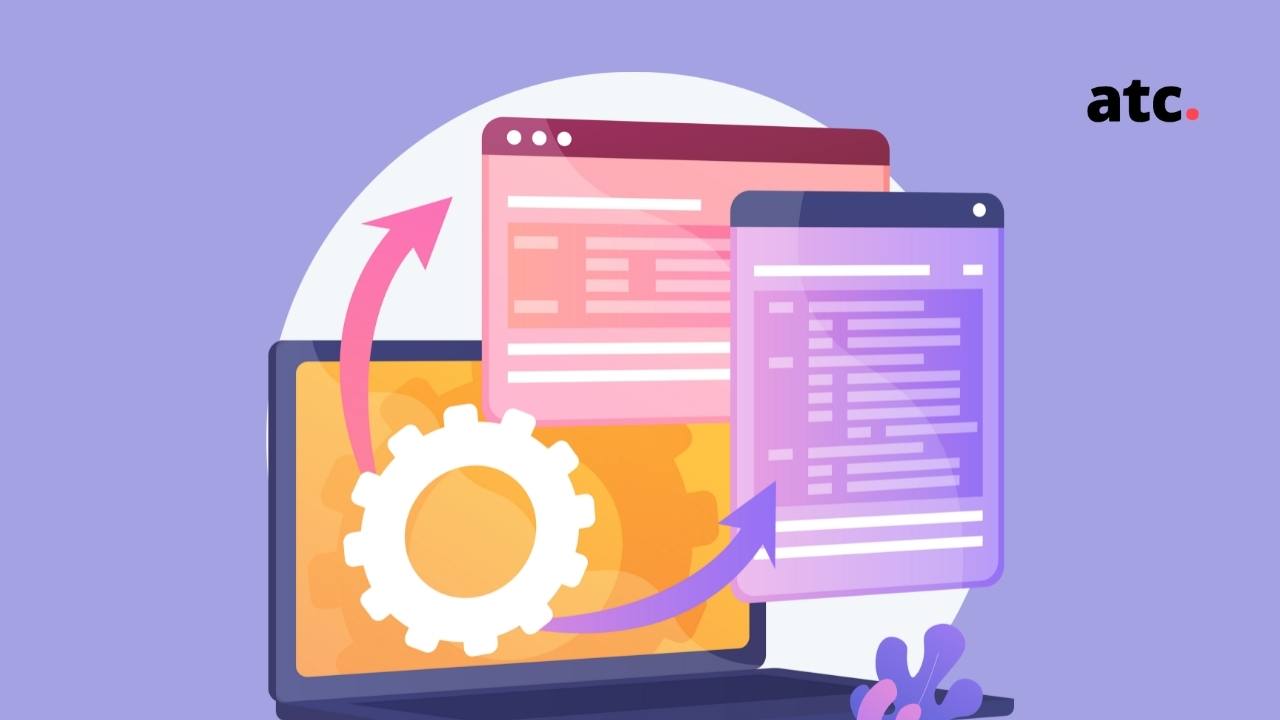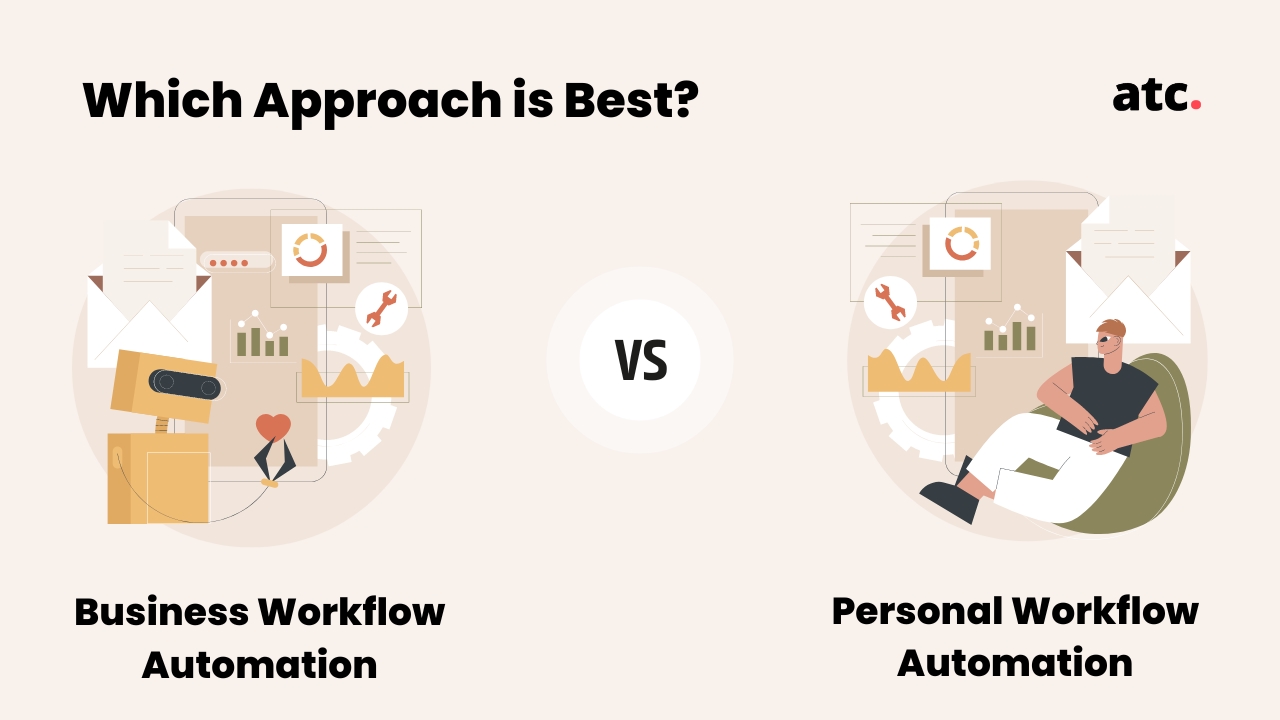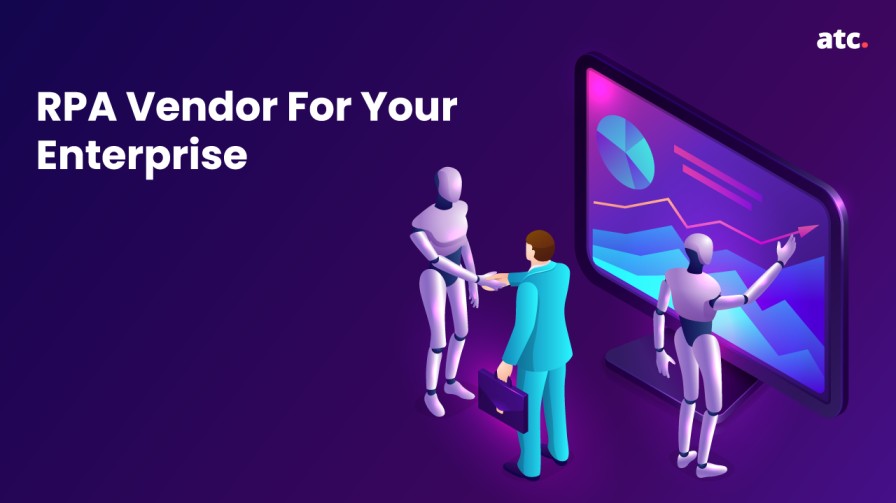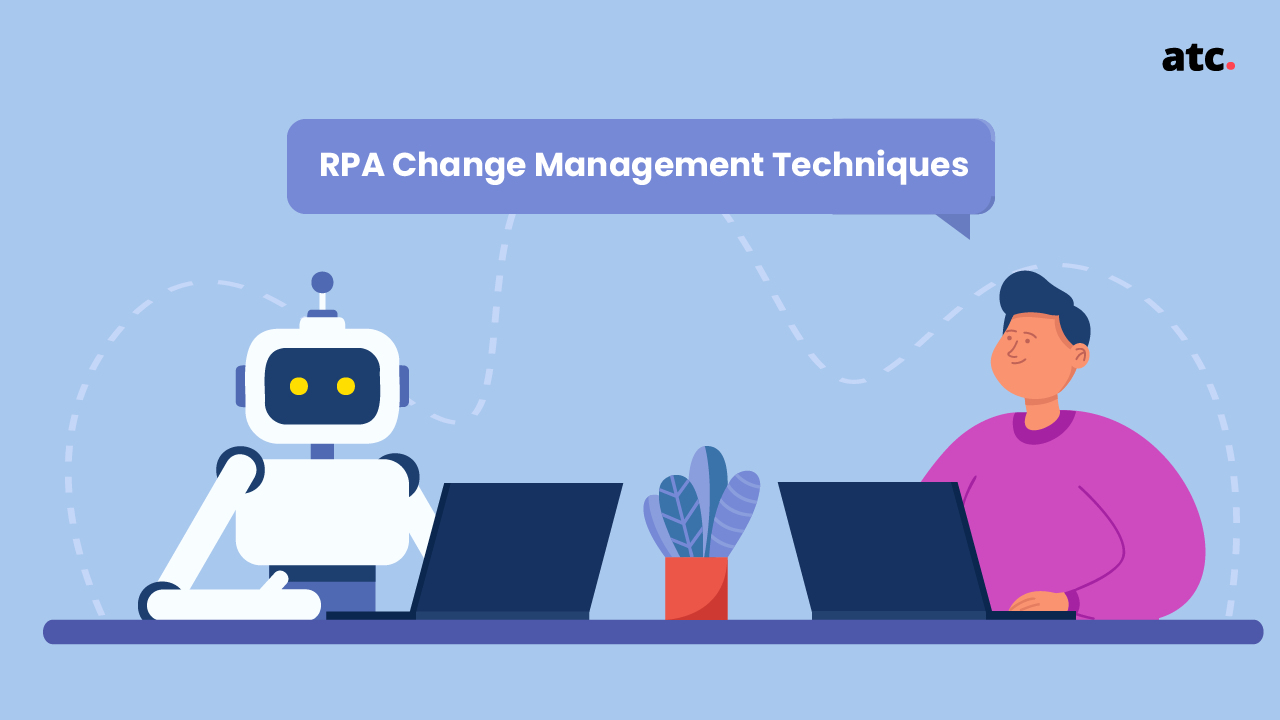Subscribe to the blog
Software integrations can help organizations work well in a coherent, systematic manner. They can help document everything better. They enhance interoperability and make collective action that much more effective.
What Is RPA?
There are so many functions that humans perform that are repetitive and/or formulaic. Such routine processes can be automated using algorithms or rules using Robotic Process Automation (RPA) software technology. RPA involves the use of bots to perform these assigned, rule-based tasks.
RPA works on the principle of a bot mimicking human behaviour in routine work. This routine work does not involve critical thinking skills, decision-making, or judgments. RPA simply automates a standard process that humans would otherwise do.
RPA bots are deployed in the workflow operations to automate repetitive tasks on the front end of processes. Rules dictate what is to be done, and the bot executes the task accordingly. This helps streamline the workflows using accurate bots.
What Is an API?
Application Programming Interface (API) is a software technology item that specifies how software can interact with an application. As a result of this interaction, the data from the application is available in the software.
Unlike RPA, API is installed on the back end of the process. It acquires information and then uses it to make it into pieces of data that the software can act upon. API integration often happens in enterprise solutions because they constantly need to combine or level up their workflows. For example, an HR & payroll software can be integrated with an API for an employee onboarding and database management application. This will help create an ongoing thread of data for HR and payroll functions for the employees as and when they get onboarded.
APIs are also how aggregators of all types can function. Travel aggregators will list down all the accommodation options, drawing from the APIs of each portal’s listings. This can serve real-time data, which finds a plethora of use cases.
Both RPA and API are ways in which software applications can talk to each other. What does that mean? It means that these integrations make it possible for cohesive workflows to occur. But, both of them interact on different ends of the software and have different purposes to serve.
RPA Vs. API Integration: Differences
RPA and API are often referred to as non-identical twins: both are similar in some ways but very different in their obvious features.
RPA bots are used in the context of Business Process Automation (BPA) which deals with the automation of mundane tasks, as mentioned before. The bots use the rules they are trained on and perform the tasks via their user interface.
APIs, in contrast, connect two families of software systems such that they can communicate directly. APIs help make the software application more powerful. APIs are like digital plumbing, where we join two application systems through pipes so that they can function as an integrated whole.
When to use API automation and when to use RPA automation
Both RPA and API add an element of automation to your software infrastructure. But both of them aren’t interchangeable by any means. An automation solution cannot be a blanket recommendation because organisational needs vary.
If you are looking for a solution that works on the front end of a business process, then RPA is what will help you solve the issue. Let’s say you want to introduce a chatbot that can communicate with your customers in customer support before they talk to an executive. Now, an RPA bot will be trained to show the customer the available solutions, especially for repetitive problems. The customer can choose to talk to a representative when the problem becomes complex. RPA automation helps save time for customers and the organisation in this manner.
Some use cases where RPA bots can be helpful to include invoice processing, credit card applications, and customer complaints processing. You will notice that these are all based on a system of rule-based checks and verification or templates, all of which can be simply automated.
API-driven automation happens on the backend. APIs are deployed in the backend to help the developers sync things up. APIs interface with the RPA bot with individual data input. Let’s look at what other use cases make sense for the respective integrations.
RPA is surface automation
One question to ask yourself before deploying an automation integration is: how skilled is the user? RPA is a surface-level application that does not alter anything on the backend. It just automates processes at the UI level.
In certain instances, RPA can be a cost-effective alternative to full-fledged API integration both in its deployment and maintenance. RPA has a decent return on investment (RoI), is easier to implement, and can be a quick-fix alternative to large-scale, deeper API-led integration.
Now we know that APIs offer a deeper level of integration. How does that help your product? Think of this as a collaboration between your favourite music artists. They get together, write the lyrics, compose the music, and then record an album or a song. You get to hear the output, which is the final song. But on the backend, the collaboration involved them sitting and integrating their creative styles. APIs work like that for software applications.
Let’s assume that you already use project management software. If you want to add a timer to it to track your work or employees, you can simply integrate a software tool’s API into the project management software. This is just one use-case for an HR function of time tracking. Similarly, functions like digital sales, marketing, branding, customer service, etc., can be integrated into one holistic system. APIs are, therefore, very integral to the infrastructure of any digital business.
If you’re a smaller company, you may not have the bandwidth or resources to commit to this IT undertaking; so RPA might be a quick fix. APIs are expensive and more time-consuming than RPAs to implement.
Assess based on time, effort, and cost
Following the above, these two parameters are also critical for assessing your business’ integration needs. It is quicker to deploy RPA bots than it is to integrate APIs. RPAs, due to their front-end presence, come with maintenance and support costs, and the effort of maintaining them increases as business needs change. RPAs are more flexible.
If your business and leaders prefer a no-code approach, RPAs have the upper hand there because they are less technical to implement, and the involvement of tech excerpts is minimal. For APIs, this cannot be done by a non-IT team. API-led integration almost always needs the heavy involvement of IT experts.
Both APIs and RPA are useful and complementary approaches to automation
The debate isn’t really a choice between API and RPA but rather an assessment of what approach works best for your business’ specific use cases. Depending on the purpose being served, the same business can deploy both API and RPA integrations. Thus, API and RPA are complementary approaches to making your business efficient through automation.
API will be your answer if you are looking for a deep application integration infrastructure. You will need integration skills, robust IT support, and other tools to make it happen. If your primary goal is automating repetitive tasks, then RPA can be implemented faster to help with that. RPA has become even more user-friendly to implement over the years, so adopting an RPA bot is even easier than before. Both of these are automation solutions for different needs.
RPA and APIs also work together: RPAs help automates some tasks in some workflows, while APIs provide access to information or data from the SaaS infrastructure. Together, they provide a superior automation experience.
Conclusion
A good way to look at automation solutions is this: RPA bots help your business grow by freeing up creative and strategic resources. APIs add value to your overall workflows by improving productivity. One streamlines the routine tasks; the other boosts your infrastructure by fine-tuning workflows.
RPA is a good option where your interaction with an application is only through the front-end interface. APIs are a good option where a bigger integration between two applications or vendors is needed. APIs are capable of building ecosystems of their own.
Both APIs and RPA have their merits and cons. Thus, they can be used together according to the demands of the use cases.




